House Plants Rule
Learn more about how House Plants can change your life
Subcscribe to our newsletter
benefits of having House Plants.
Cute house plants
3 House plants to buy for apartment
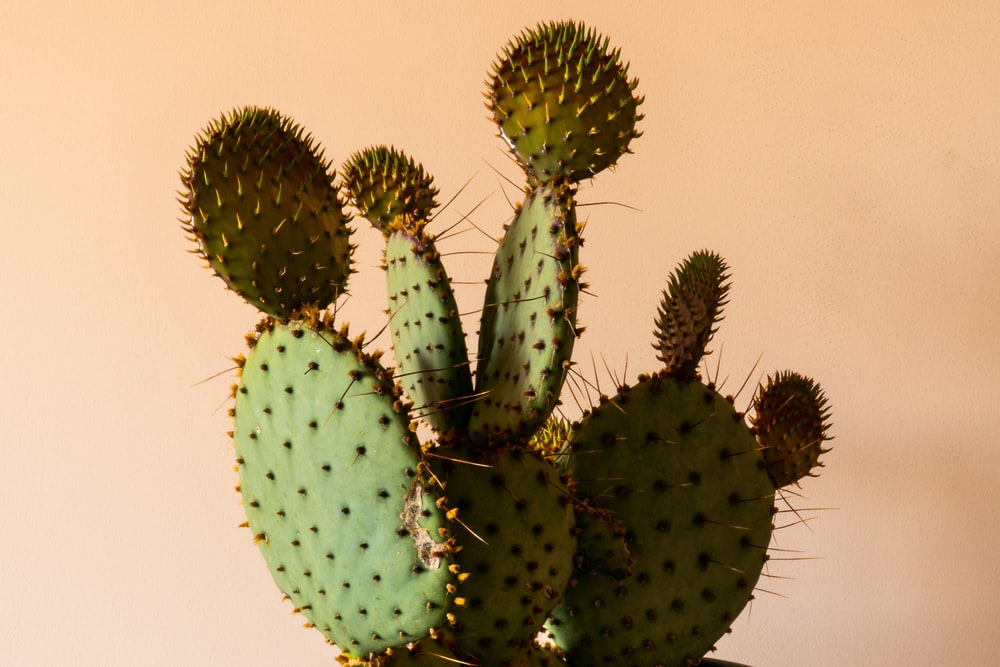
Benefits of growing cactus as house plant in your home.
having a cactus at home would provide you and your family with many health benefits, the truth is quite the contrary. There are
a plethora of benefits to having a cactus at home, helping to improve both your physical and mental condition.

How to build your own terrarium?
You probably have a few glass containers around your house – from old jam jars to large pasta containers. Pick any container
gives you enough room to get to a plant once it's in there.
Open terraria are better for cacti and succulents. Tropical plants, like mosses or air plants, fare better when you create a humid
environment so make sure there's a lid closed on tight.

why plants are important?
Plants provide us with food, fiber, shelter, medicine, and fuel. The basic food for all organisms is produced by green plants.
In the process of food production, oxygen is released. This oxygen, which we obtain from the air
we breathe, is essential to life.

Houseplants diseases
Common Houseplant Diseases: Houseplants can be afflicted with many different bacterial, fungal and viral diseases. Identification
can often be done through inspection of the plant and the growing conditions. Being able to identify the disease helps you to treat
your plant correctly and take steps to prevent further problems.
Most Popular
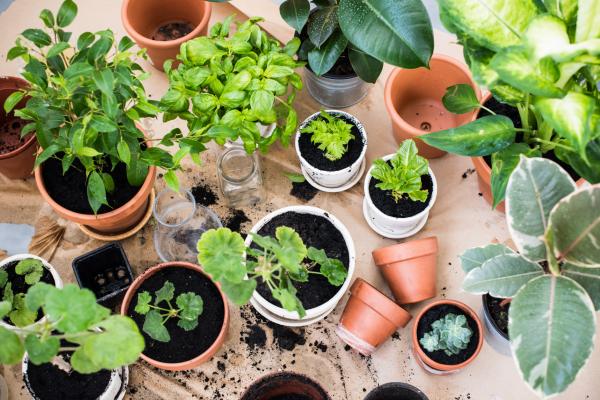
A few different house plants go away
Even if your home is lacking in square footage, incorporating some greenery here and there is essential to bringing it to life.
Naturally, indoor plants add more beauty to a space while also providing functional benefits, like promoting
a positive mood, purifying the air, and making you feel connected to nature without having to step outside.
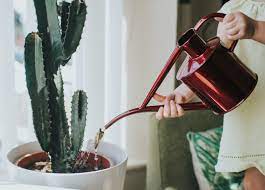
How to properly water Cactus?
In the growing season, the plants should be watered at least once a week. When watering, the soil should be given good soaking,
allowing excess water to drain away. Allow the compost to dry out slightly between each watering.
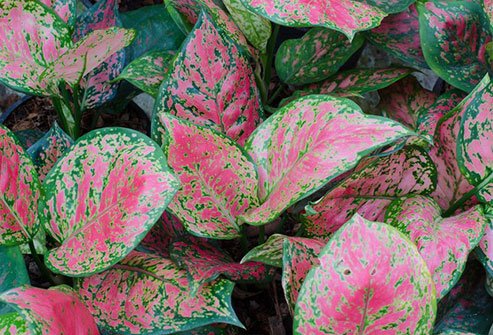
House plants have allergies too
Basically, any flowering houseplant has the potential to cause airborne allergens because of their pollen production. If you are allergic
to pollen, you should avoid flowering houseplants like orchids, Stephanotis, spider plants, and any other flowering houseplant.
Newest from Category
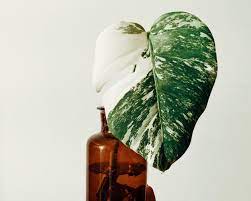
RARE PLANTS; THE IMPACT OF SEEKING THE DESIRABLE
I bought a rare plant this week. It wasn't one of those specimens you'll see lauded on Instagram emblazoned with #unicornplant, such as a Philodendron ‘Spiritus Sancti' or a variegated fan palm: my budget won't run to a four-figure houseplant bill. No, my rare plant cost me £7. It's a cultivar of the strawberry saxifrage, Saxifraga stolonifera, collected in Japan by Cedric Basset of French nursery Aoba, an Asian plant specialist.
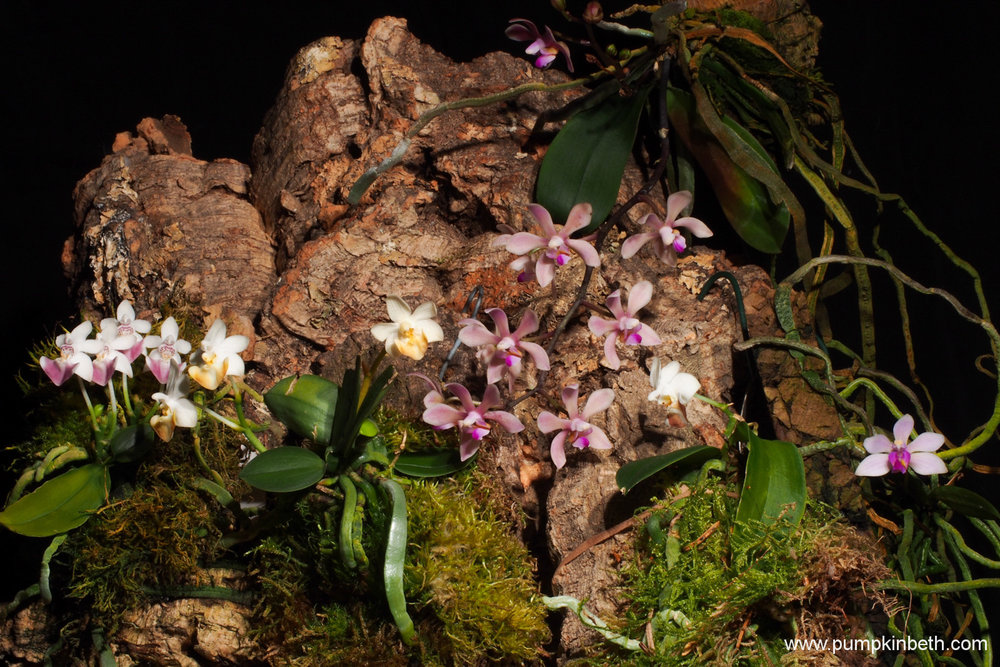
GUEST POST: MINIATURE PHALAENOPSIS WITH PUMPKIN BETH
There is much more to the Phalaenopsis genus than the Phalaenopsis plants that you buy in your local supermarket. There are around 60 different wild Phalaenopsis species, from which all of the hybrid Phalaenopsis plants that we know and love descend from. These wild orchid species can be found growing in a range of locations including Myanmar, India, Java, Borneo, China, Thailand, Vietnam, the Himalayas, and the Philippines. Sadly, like so many orchid species, the natural wild Phalaenopsis species are now rare due to over-collection, and habitat loss from logging, human expansion and destruction.
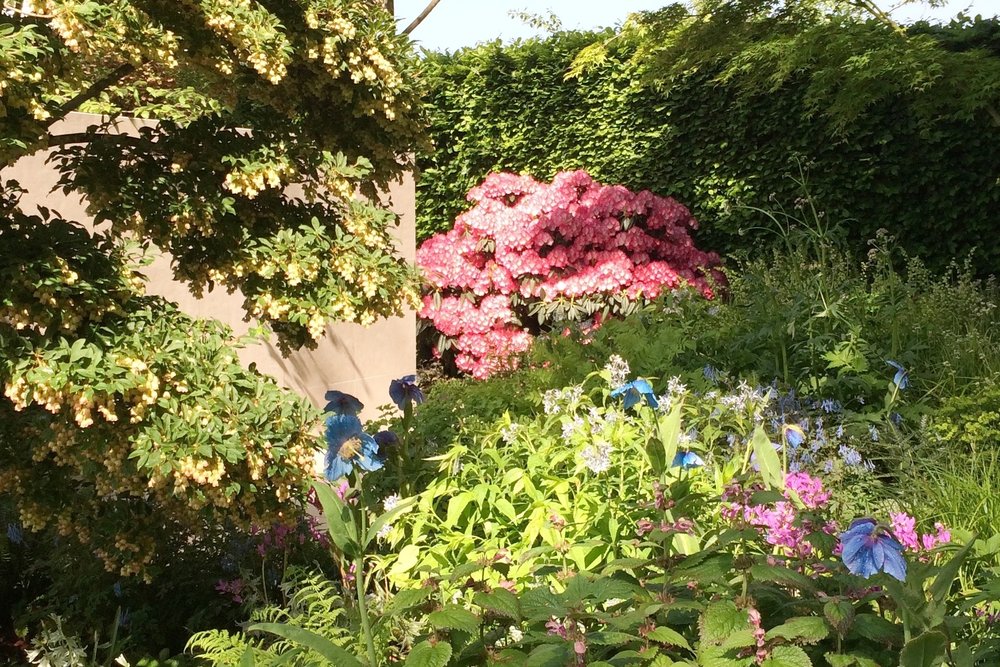
WHY YOUR GARDEN IS NEVER GOING TO LOOK LIKE THE CHELSEA FLOWER SHOW (AND THAT'S OK!)
Delve around in the soil at Chelsea and before long you'll find yourself hitting cold hard plastic. Many show gardens include plants that are stuck in the ground still inside the pots they grew in at the nursery. Some designers such as Jo Thompson prefer to remove plants from pots, to acquire a more 'relaxed' look to planting, but many don't - it saves time during the build and allows for plants to be easily removed at the end of the show.
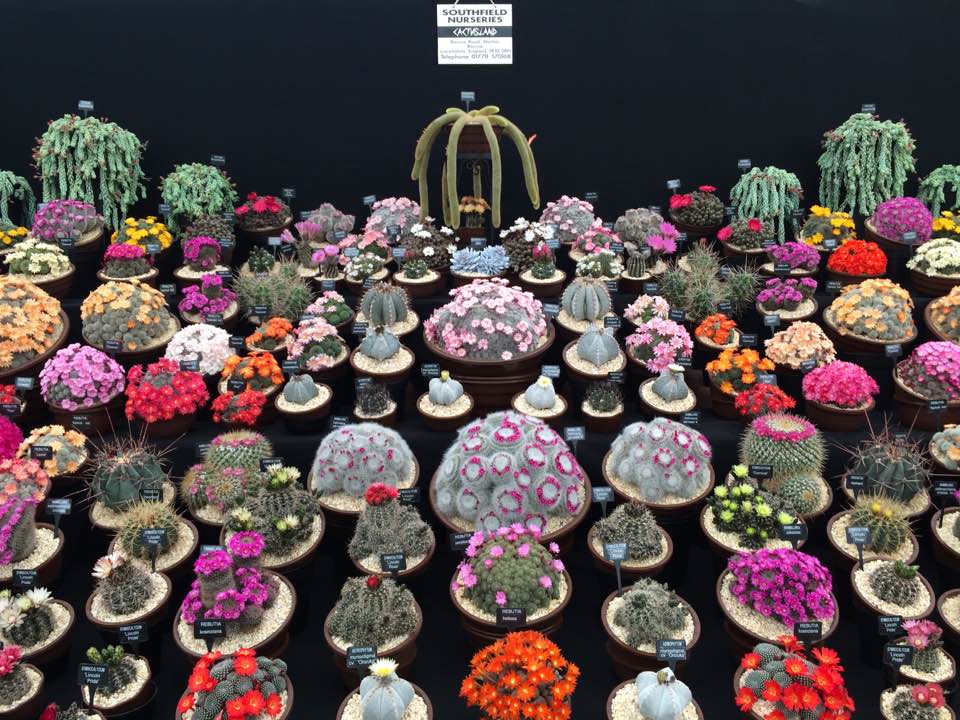
CAPTIVATED BY CACTI: BEN RUSSELL, DAN TORRE AND THE SYMBOLISM OF THE SPINE
Mammillarias dotted with flowers in all the luminous colours of a rack of neon pop socks in C&A, circa 1983; the old man cactus, Cephalocereus senilis, outdoing ZZ Top for the sheer luxuriance of its hairdo; the huge tree-like, branched saguaro cactus of the Sonoran Desert, used as a visual shorthand for "the wild west" in every cowboy movie, ever.
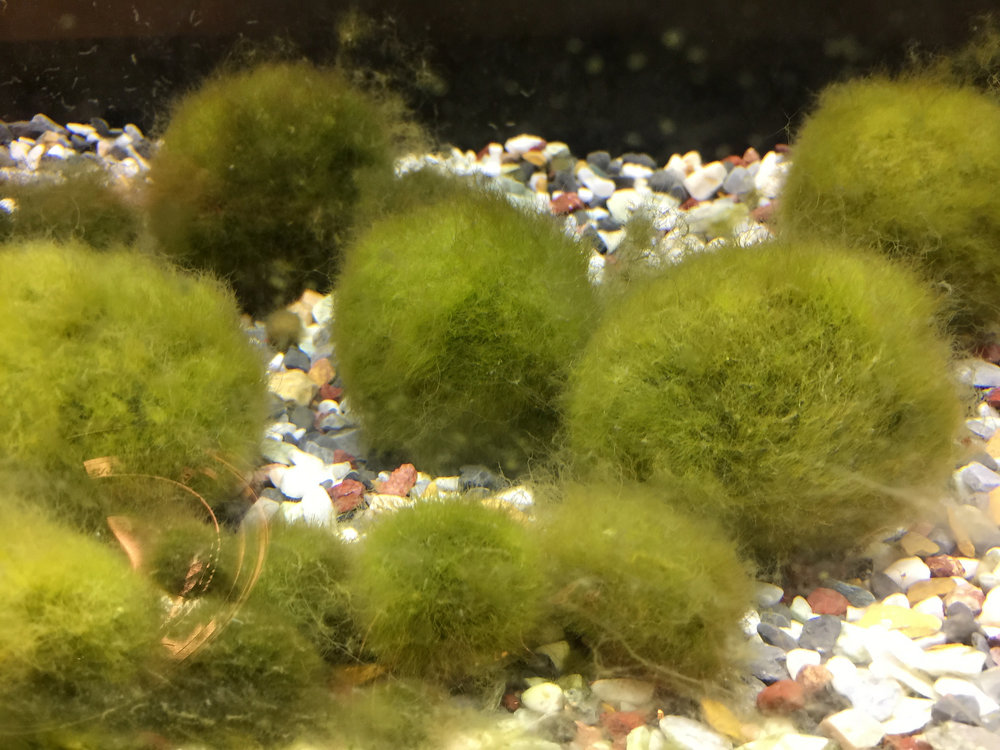
MARIMO MOSS BALLS: THE ULTIMATE LOW-MAINTENANCE HOUSEPLANT?
You want a houseplant that doesn't mind if you overwater it, needs absolutely no care and will look exactly the same six months in as the day you bought it? Let me introduce you to your new favourite, the marimo moss ball. I first encountered marimo moss balls back in January when James Wong wrote about them in his Observer column, and then heard more about them on my episode of On The Ledge podcast devoted to office plants, when Christopher Satch of The Sill brought them up.
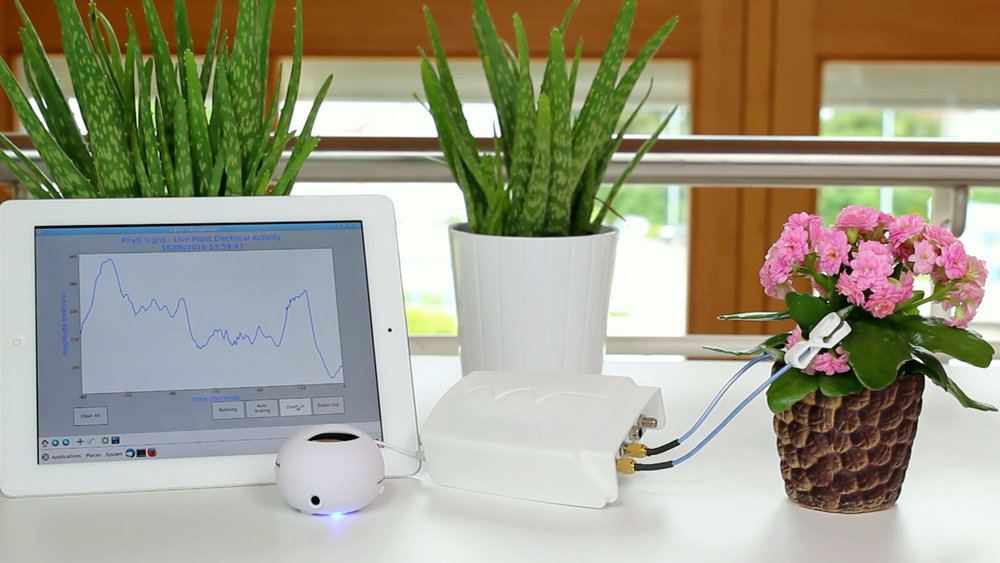
PHYTL SIGNS DEVICE: A REVIEW
How do you know whether a plant is thriving? If you look closely enough, often enough, there are plenty of signals: are the leaves droopy or firm? Is the soil bone dry or sopping wet? Are the flowers perky or falling? Is the plant deep green or fading to yellow? My plants may not be able to speak to me, but the more I spend time with a plant and get to know it, the more this simple semaphore is revealed to me. When I got the chance to try out a new gadget called PhytlSigns (see what they did there?) I wasn't sure what to expect. The catchline is "be a plant communication pioneer". I am not an early adopter of technology: I was still carrying around a brick of a mobile when everyone else was using iPhones.

How to Prevent the Ends of My Spider Plant from Turning Brown?
If you're a gardener, you've probably experienced this houseplants heartbreak… You get your new spider plant, pot it up, and then the tips of the leaves turn brown or black. I've been through it too with my spider plants. Leaves usually start turning a brownish color due to various careless mistakes on our part – moisture, stress, and sunlight overexposure being the most common factors. So, let's discuss what you can do to prevent your spider plant leaves from turning brown
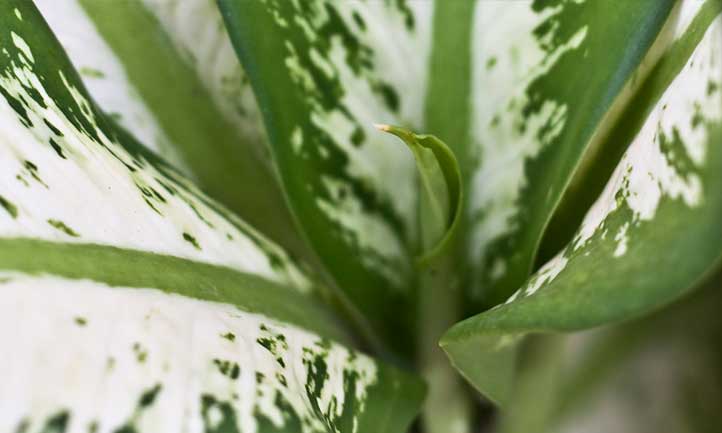
Troubleshoot and Fix Dieffenbachia Yellow Leaves!
Dieffenbachia, also known as dumb cane, is one of the most common houseplants since it's easy to take care of. However, the leaves of this plant can turn yellow in color if it is not being taken care of properly. Most of the time, you can easily tell what's wrong and fix it before things get worse but sometimes, it is harder to tell where the problem lies. If your dieffenbachia plant has yellowing leaves, no need to panic.
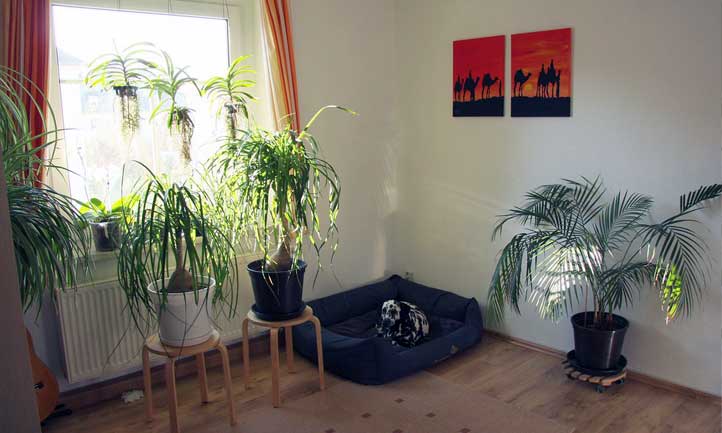
Are Ponytail Palms Safe for Cats?
Picking the right houseplants for your living space can be tricky, and finding ones that are pet-friendly is even harder. .. While dogs like to laze around in the house, cats are rather curious. With a feisty pet that loves to explore every nook and corner, it's important not to keep any poisonous plants in the house. Ponytail palms are extremely common houseplants, with their cascading leaves and bulbous caudex. They make fantastic indoor décor as they're slow-growers, low-maintenance, and can live for decades.